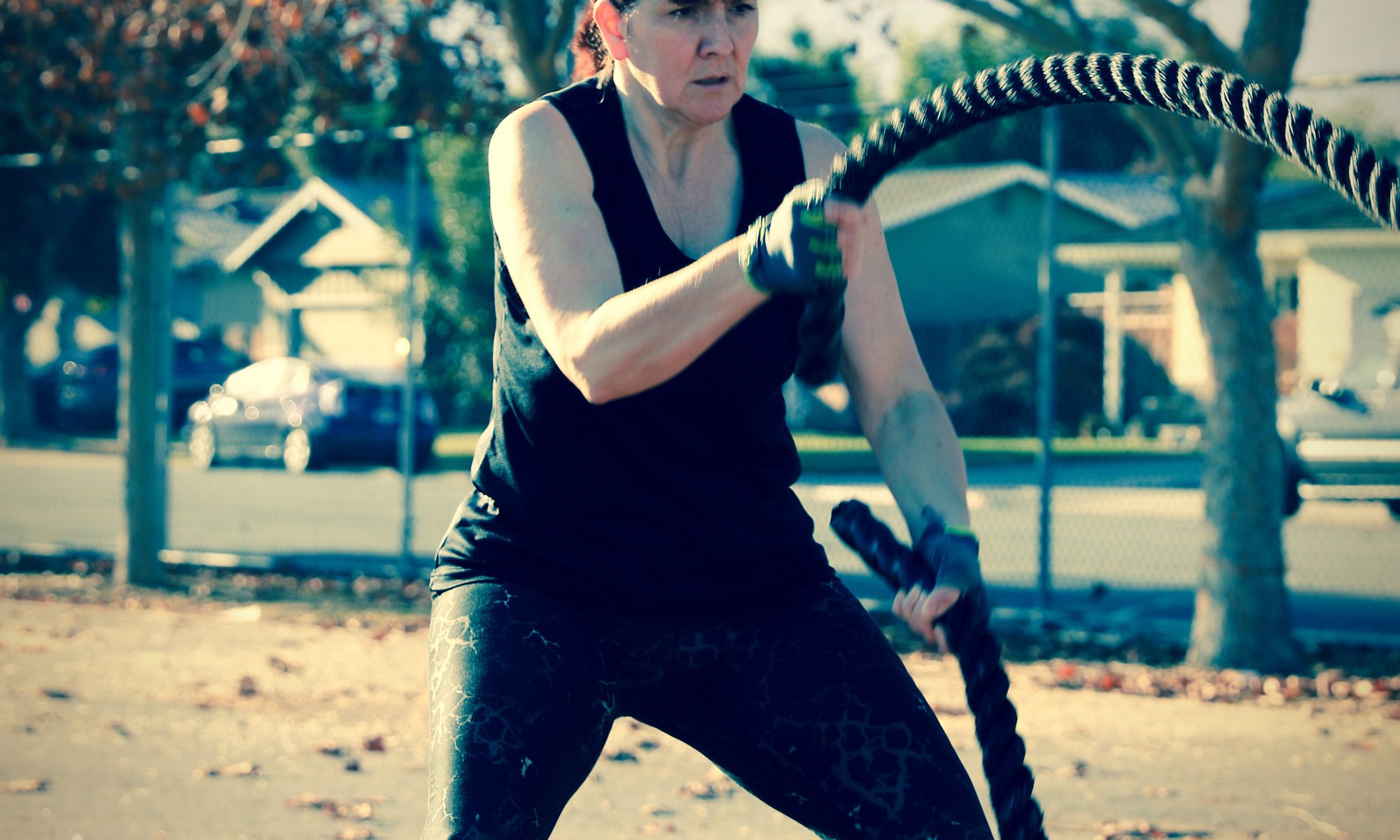What’s with those sugar cravings, anyway???
Yes, yes, sugar has a hold on us, doesn’t it? We love the way sugar makes so many foods we like taste so dang good. Yet we KNOW we shouldn’t eat too much of it. So—why is it so hard to kick the sugar habit??
Let me count the ways…….
1) It’s kinda like a drug to our brain
Consuming sugar releases endorphins in our brain. Endorphins make us feel better and elevate our mood. Did you know that some anti-depressant drugs work the same way –they keep endorphins circulating in our brain! So, yeah, sugar sort of acts like a drug in our brain.
2) It messes with our hormones
Sugar consumption unfortunately begets MORE sugar consumption for many of us. A big hit of sugar-laden food raises our blood sugar. A rise in blood sugar spurs our pancreas to release a large dose of insulin. Insulin helps drive blood sugar into our muscle tissue. If too much sugar gets dumped into our tissues, our blood sugar drops low again…… and our brain asks us for more sugar. Therefore sugar tricks us into reaching for MORE of the wrong foods
3) It just tastes good 😆
How can we decrease our cravings?
1) Eat a little protein at every meal
This helps slow digestion. The release of insulin is slower , and the uptake of sugar from your blood is slower so your blood sugar stays a bit more stable
2) Go cold turkey
If you can’t give in and have a little w/out totally blowing it, cold turkey is the way to go
It’s brutally hard at first, but cravings do diminish over several days
3) Brush your teeth
If you are an after-meal sugar craver, brush your teeth immediately after your meal
4) Try fruit instead
Some people are successful at switching from sweets to fresh fruit for their sugar fix
5) Try distraction (this one works best for me)
- Talk a walk
- Pick up a book
- Do household chores or errands
- Check email
6) Avoid going too long between meals
Hunger can lead to bad food choices that often involve sugar
7) Skip artificial sweeteners
They perpetuate your sweet tooth
8) Get enough sleep
Research has shown that people who don’t get enough sleep crave more sugar/carbohydrate rich foods
Craving sugar is a huge issue for many people. If you are one of those people, try one or more of the strategies I’ve laid out above to help you decrease your cravings. You’ll likely be more successful with some strategies than others, but you won’t know what works for you until you try!
Image credit: www.flickr.com/lealovora










